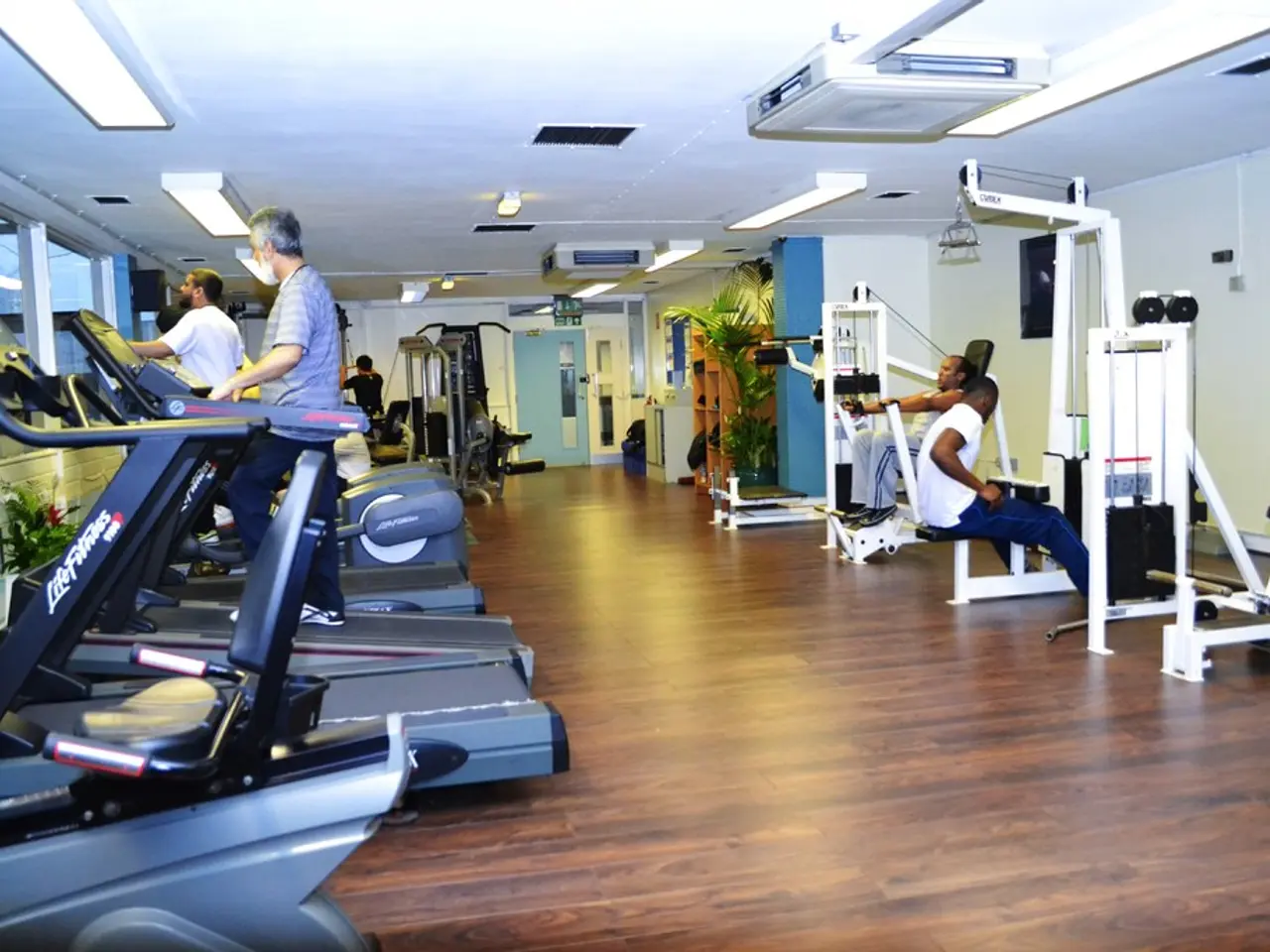Daily Push-ups: Exploring Advantages and Drawbacks
Push-ups are a popular exercise for building upper body strength, but did you know that not all push-up variations are created equal? A recent study suggests that the decline push-up may be the most beneficial for improving overall upper body condition and strength.
### Decline Push-Ups: A Powerful Workout
Decline push-ups, which involve elevating the feet while performing the exercise, have been found to activate the upper chest (clavicular head) and front deltoids more effectively than standard push-ups. This makes them a superior choice for those looking to build strength in these key areas.
The decline push-up mimics an incline bench press movement, which is known for its ability to effectively activate the upper chest muscles and front delts. Elevating the feet changes the angle of the push-up, placing more load on the upper chest and shoulders, making it a more targeted workout.
### Comparing Push-Up Variations
Here's a comparison of some common push-up variations and their primary muscle activations:
| Push-Up Variation | Primary Muscle Activation | Benefits for Upper Body Strength | |------------------|----------------------------|----------------------------------| | **Decline Push-Up** | Upper chest (clavicular head), front delts | Greater upper chest and shoulder activation, builds strength in these key areas effectively | | Diamond Push-Up | Triceps, inner chest | Emphasizes triceps and inner chest, also good for upper chest activation but less overall load than decline | | Clap Push-Up | Explosive chest and triceps activation | Plyometric, builds power and explosiveness, adds metabolic conditioning | | Incline Push-Up | Lower chest | Targets lower pectoralis major, less overall upper chest and shoulder emphasis | | Standard Push-Up | Pectoralis major, triceps, anterior deltoids | Balanced activation but less targeted upper chest stimulus compared to decline |
### Other Effective Variations
While decline push-ups are a standout choice, other variations also have their benefits. Diamond push-ups, for example, are excellent for targeting the triceps and inner chest, but do not target the entire upper chest as effectively as decline push-ups. Clap push-ups add a power and explosiveness component, useful for muscular endurance and metabolic conditioning, but may be less suitable as a primary strength-building exercise.
For beginners or those building foundational strength, incline push-ups or assisted variations can be effective. However, they do not maximize upper body muscle activation for strength gains as effectively as decline push-ups.
### Safety First
While push-ups are a great exercise for building strength, it's important to remember that improper technique can lead to certain injuries. It is recommended to consult a fitness instructor for proper guidance. Some people may experience pain in the wrists when performing weight-bearing exercises such as push-ups, and it's essential to address this issue before continuing with the exercise.
Incorporating a variety of exercises into a fitness routine can help avoid a fitness plateau. Faster push-up speeds can result in greater forces on the elbow joints, ligaments, and other surrounding tissues, potentially increasing the risk of injury.
### Health Benefits Beyond Strength
In addition to building strength, push-ups have been linked to a reduction in the risk of cardiovascular disease. A study found that males who were able to perform more than 40 push-ups were 96% less likely to have experienced a cardiovascular problem than males who could perform fewer than 10 push-ups. Aerobic exercise has also been found to maintain greater muscle strength across a person's lifespan.
However, people with existing back conditions should consult a doctor before incorporating push-ups into their fitness routine, as excessive weight-bearing exercises may contribute to wear and tear of intervertebral discs, leading to pain and stiffness.
In conclusion, for maximizing upper body strength and targeting the upper chest, decline push-ups stand out as the most beneficial push-up variation. They provide higher muscle activation in key upper body muscles compared to other push-up types, making them superior for strength development in these areas.
- Decline push-ups, due to their incline bench press-like motion and foot elevation, activate the upper chest (clavicular head) and front deltoids more potentially than standard push-ups.
- The decline push-up variation, with its key muscle activation of the upper chest and front delts, offers a more targeted workout for those aiming to build strength in these specific areas.
- In the realm of health and wellness, type 2 diabetes can sometimes coexist with obesity, yet predictive science suggests that regular fitness-and-exercise routines can help lower the risk of both conditions.
- Alzheimer's disease is a complex illness that affects the brain, and evidence suggests that regular exercise and fitness-and-exercise routines might contribute to improving cognitive function, potentially reducing the risk of developing Alzheimers.
- In addition to its impact on both physical health and mental wellness, depression is a bipolar disorder that can be managed through various approaches, including therapeutic exercise and a health-and-wellness lifestyle that emphasizes regular fitness-and-exercise routines.
- COPD is a chronic breathing disorder, and a crucial part of managing the condition may include a tailored fitness-and-exercise routine, helping improve lung function, strength, and overall health.





